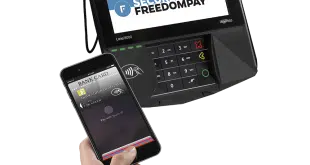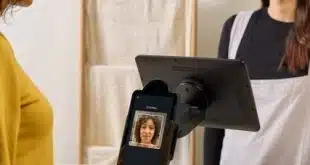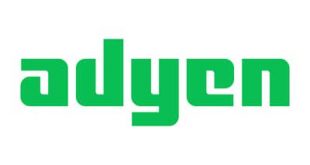If you haven’t noticed stores adopting contactless payments all of a sudden, you haven’t gotten out much in recent months. With a raging pandemic scaring customers away from touching surfaces such as PIN pads and other point-of-sale technology, retailers are rushing to install NFC-equipped devices that will let patrons wave or tap a card without risking even a brush of the hand against a payment device.
No wonder. Poll results released by Mastercard at the end of August indicated fully 51% of Americans are now using some form of contactless payment, including mobile apps as well as cards. The same percentage were using cash less often or not at all. As our Payments 3.0 columnist, Ben Jackson, points out in this issue, the key now is whether this trend will outlast the coronavirus.
It’s been fascinating to watch this sudden conversion to a technology that, in the United States at least, merchants had been slow to embrace compared to at least some other countries. Some suspect an economic motive behind this erstwhile reluctance: Why make credit card transactions even more convenient, and hence more numerous, when they carry the highest interchange rates?
But the more likely explanation is that, in the absence of an exogenous force, merchants were inclined to pursue higher priorities when it came to tech in the store. Well, late last winter, that force arrived, and now even big holdouts like Kroger have switched on contactless.
As this month’s cover story shows, however, NFC isn’t the only route to touchless commerce. If the payments business wasn’t conversant with QR codes before Covid-19 struck, they are becoming more so now, as our cover story shows. (If you’re curious about QR in action, aim your phone’s camera at that kite on this month’s cover).
The interesting thing is, payments weren’t even on the radar screen when QR codes were born. The technology emerged 26 years ago in a Toyota plant as a means to track parts while automobiles were assembled. But the square-shaped barcodes are on plenty of screens now, particularly with PayPal’s announcement in July that it and InComm, a processor based in Atlanta, will enable the technology for checkout at some 8,200 CVS Pharmacy stores.
On their mobile screens, a customer will be able to generate a QR code representing a designated funding source in her PayPal wallet. The cashier will scan the code, and that data plus the transaction details will flow to InComm, which will route them to PayPal.
The debate over the reliability and convenience of NFC vs. QR code will continue. The market will ultimately decide the winner.
—John Stewart, Editor, john@digitaltransactions.net




